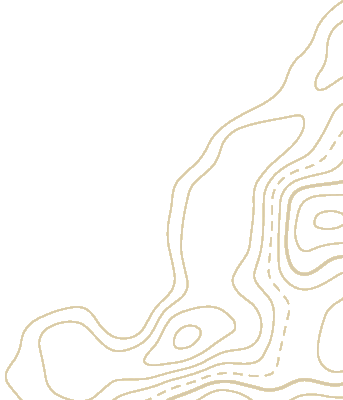

This is a very shallow pond and one of the first to dry out in hot dry weather. As the soil dries out, cracks appear in the mud allowing air to infiltrate the soil. The hard, dry surface protects the eggs of insects and the seeds of plants until the next rain inundation.
Wading birds use their long legs to wade through the shallow water looking for food.
In 2019, after several years of drought, an island was created in the centre of the pond and a narrow channel dug around it. This channel should maintain some water to support the birdlife, even in hot dry weather.
An endangered species of waterplant, Zannichellia palustris (Horned Pondweed) occurs in this pond.
What waterbirds are wading through the shallow water today?
The shape and length of their beak tells you how they catch their food.
Brambles Pond was named after W. E. Bramble & Sons Ltd, a Newcastle based transport company that assisted in the development of HWCA from a very degraded site to the restored wetlands we see today.
Like BHP Pond, it is also an artificial pond, but was designed to have some contrasting features to BHP Pond.
It is much shallower and, therefore, dries out quite quickly in hot weather. The shallower edges also meant that different plants grow around the pond edges.
This pond attracts wading birds and not so many diving birds. And the islands are often used by birds as a protected nesting site.
After several years of drought when the only pond on site containing any water over summer was BHP Pond, it was decided we needed to improve water retension for birdlife. A narrow channel was dug in Brambles Pond in 2019.
The island in the middle was enlarged. The shallow edges were maintained to accommodate wading birds.
When the new channel was dug old bricks and other rubbish from the old dump site were revealed.
Translate now:

A Glencore Community Project